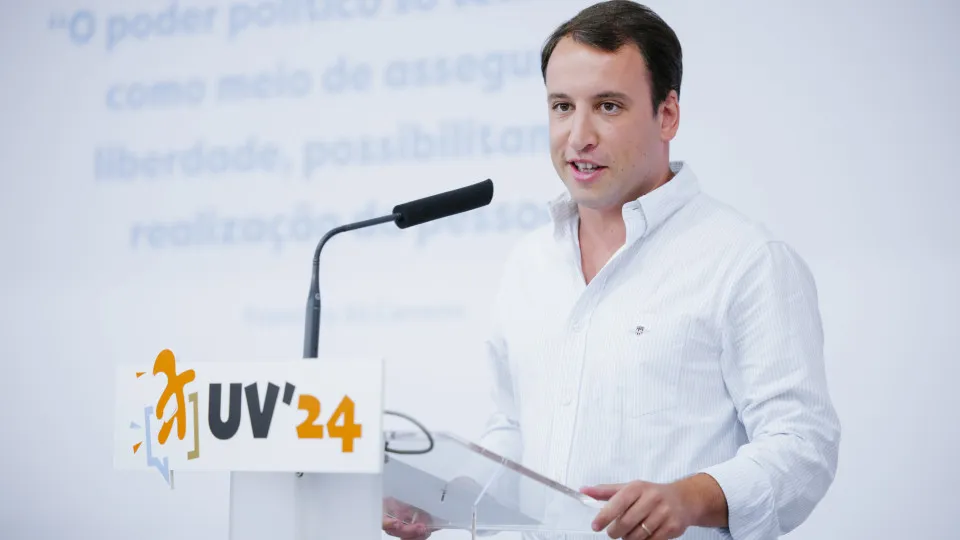
The Central Administration of the Health System (ACSS) reported that the 39% occupancy rate of available medical positions for 2025, although low, exceeded the rates of 32% in 2023 and 28% in 2024.
In the first half of 2025, 389 doctors were trained in general and family medicine. The Ministry of Health approved a total of vacancies exceeding the number of new specialists “to accommodate the greatest number of available doctors awaiting hiring as assistants,” the first level of their career, stated the ACSS.
A total of 585 positions were opened, with 412 applications submitted, but only 231 were filled. Approximately 60% of the available positions in the competition remained vacant.
“In the specific case of general and family medicine, opening more vacancies does not necessarily lead to a higher occupancy rate,” the ACSS claimed, citing the example from the first half of 2024, when 904 positions were opened and only 255 were filled.
Data from the ACSS also revealed that in two ULS regions, no positions were filled. In Alto Alentejo, all 12 vacancies remained unoccupied, and in Estuário do Tejo, all 37 positions remained vacant.
In Lisbon, a region struggling with a severe shortage of family doctors, at the ULS Santa Maria, only seven out of 33 advertised positions were filled, whereas just 11 of the 40 positions at the ULS São José were occupied.
The ULS of Lisbon Ocidental contradicted the trend of low vacancy occupancy, managing to fill 20 of its 23 available positions.
In the Algarve, 13 of the 34 positions offered were filled, leaving 21 unoccupied.
On Friday, the Portuguese Order of Doctors advocated for opening all available positions in areas lacking family doctors and highlighted the “severe failures” in placing new general and family medicine specialists.
“It is unacceptable for patients to be without a family doctor while specialists in general and family medicine remain unplaced. This is a management issue, not a resource issue,” warned Carlos Cortes, president of the order, in a statement.
According to the Order of Doctors, the situation in general and family medicine has reached a “critical point,” with thousands of patients still without a family doctor. At the same time, the “public response remains marked by inaction and glaring failures in placing available specialists.”
Meanwhile, the Independent Union of Doctors (SIM) stated that the fact that 60% of positions remain unfilled is a “clear reflection of a system failing both professionals and patients” and considered it “not a new scenario” and a “warning sign that cannot continue to be ignored.”
Among the main reasons for this “rejection,” the union identified the lack of necessary position openings, arguing that the freedom of choice, coupled with attractive conditions, is what retains doctors in the National Health Service (SNS), “not administrative imposition.”
SIM further pointed out that the vacancies remained unoccupied due to delays in the competition process and a lack of transparency and predictability, acknowledging “significant improvements” in this competition compared to the previous one.
The latest data available on the transparency portal of the National Health Service (SNS) indicate that the number of patients without a family doctor has been increasing this year, rising from 1,564,203 in January to 1,633,701 in April, a growth of approximately 70,000 people.




